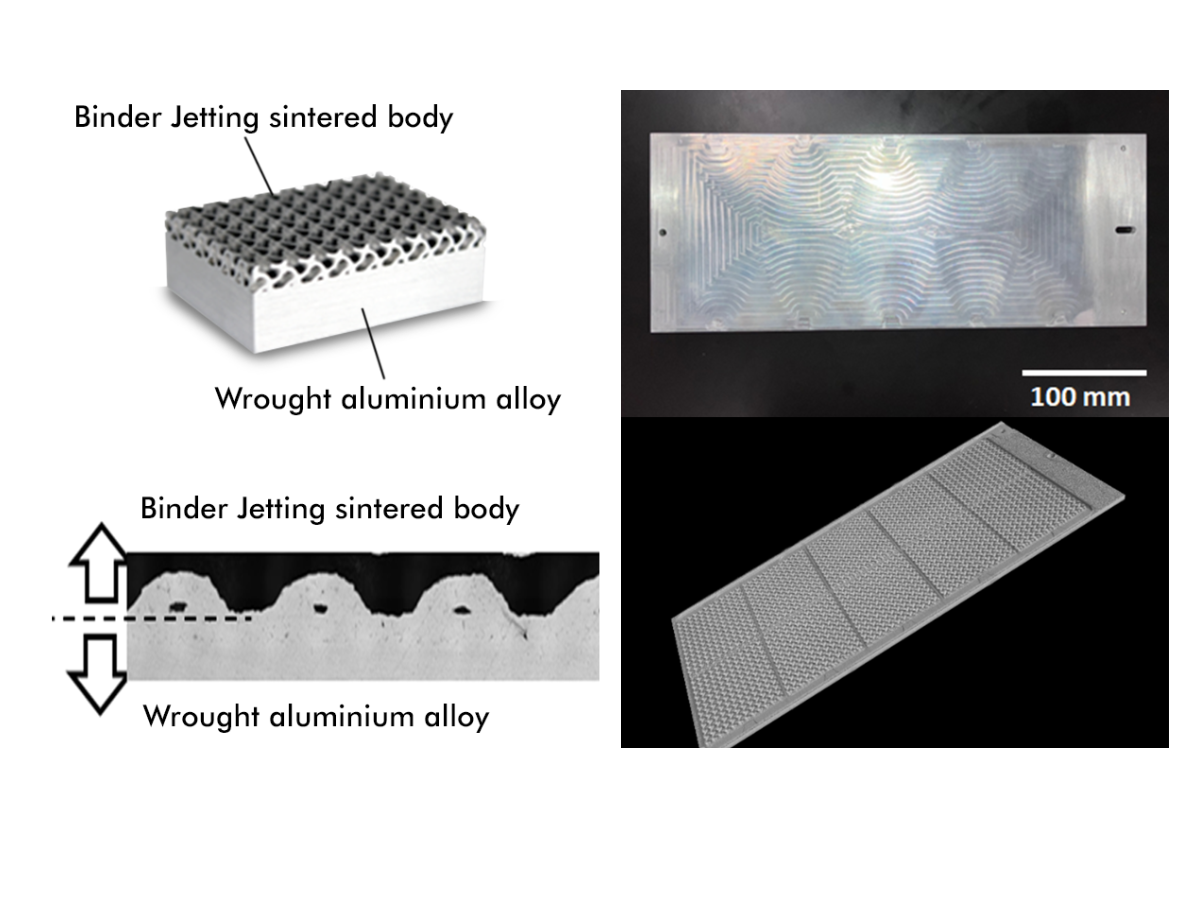

Ricoh Company, Ltd., headquartered in Kanagawa, Japan, has introduced an innovative process to join aluminium components produced through Binder Jetting (BJT) with wrought aluminium alloys. Metal Binder Jetting is a highly efficient and cost-effective Additive Manufacturing (AM) technique, suitable for both prototyping and mass production.

Image Source: Ricoh
This breakthrough not only overcomes size limitations traditionally associated with Binder Jetting but also holds the potential to substantially lower production costs. However, Ricoh notes that the sintering process inherent to BJT can pose challenges in maintaining precision when fabricating larger components.
About the innovation
Ricoh has addressed these challenges with its newly developed diffusion bonding technology for sintered materials produced using the Binder Jetting (BJT) method. This innovation leverages the company's proprietary liquid-phase sintering technology, which proves highly effective in manufacturing high-performance heat exchangers and other advanced applications.
Takafumi Sasaki, head of the metal BJT project at Ricoh, stated, "This unique bonding technology will achieve both improved cooling efficiency and reduced component costs, and also allow for larger component sizes. This technology will bring our customers closer to utilising aluminium BJT in the manufacturing field. We plan to further validate its manufacturing feasibility in the real market through collaborations with our customers."
A heat exchanger primarily consists of fins, which dictate cooling efficiency, and a casing, which determines dimensional precision. Ricoh's approach utilises BJT to create fins with intricate geometries, which are then joined to an aluminium casing produced through conventional manufacturing techniques. The ability of BJT to fabricate complex shapes enhances cooling performance, while the precision of traditional methods ensures the component's dimensional accuracy.
Successfully applied to 6061 and 1050 aluminium alloys
Ricoh's diffusion bonding technology has been successfully applied to 6061 and 1050 aluminium alloys and 6063 aluminium and BJT sintered bodies. This innovative method leverages precise control over the accumulation of the aluminium liquid phase during the sintering process in Ricoh's aluminium BJT system. Unlike conventional brazing, this technique eliminates the need for flux or additional brazing materials, streamlining the bonding process.
Brazing is a common method for joining aluminium, but it comes with restrictions on the compositions of aluminium alloys that can be used. While aluminium alloys designed for Additive Manufacturing, such as those for Powder Bed Fusion (PBF), have been developed to facilitate brazing, they are not always well-suited for this technique. Ricoh's technology is a novel solution, combining an effective Binder Jetting process with an equally efficient joining method.
Responses








